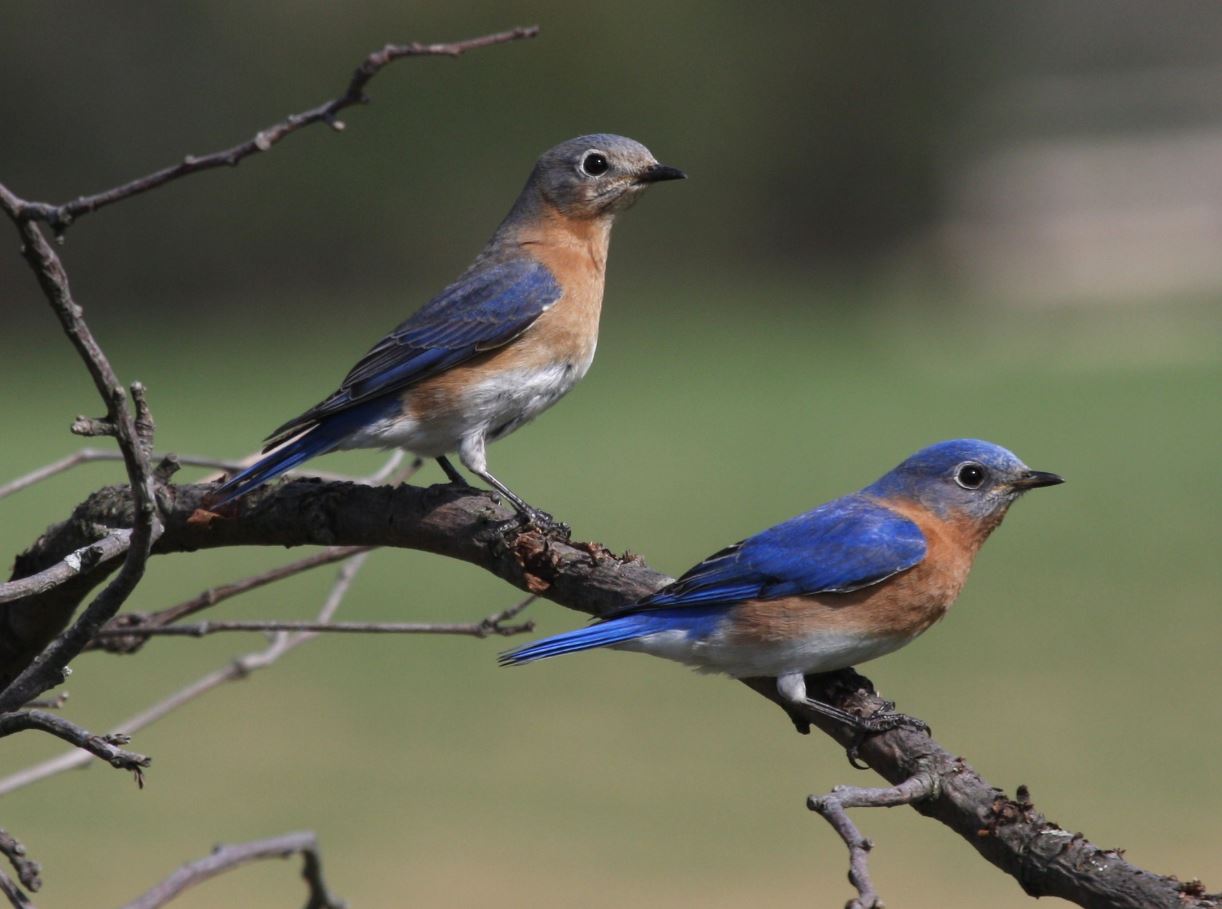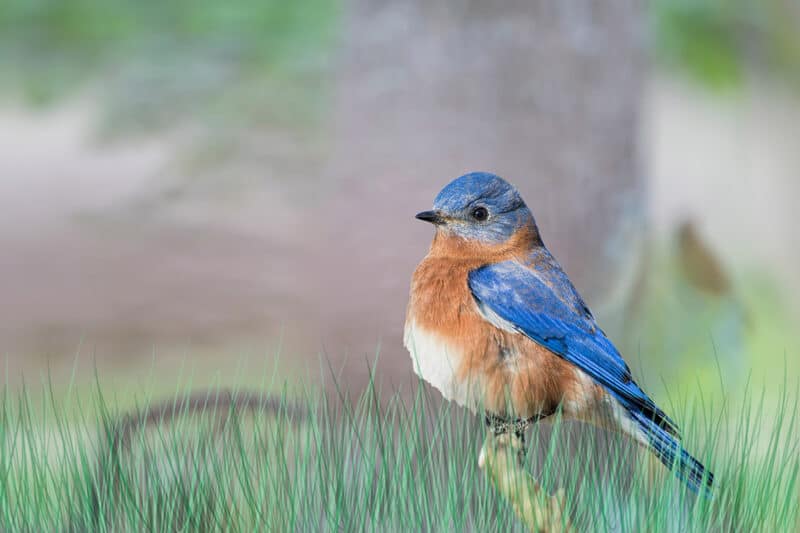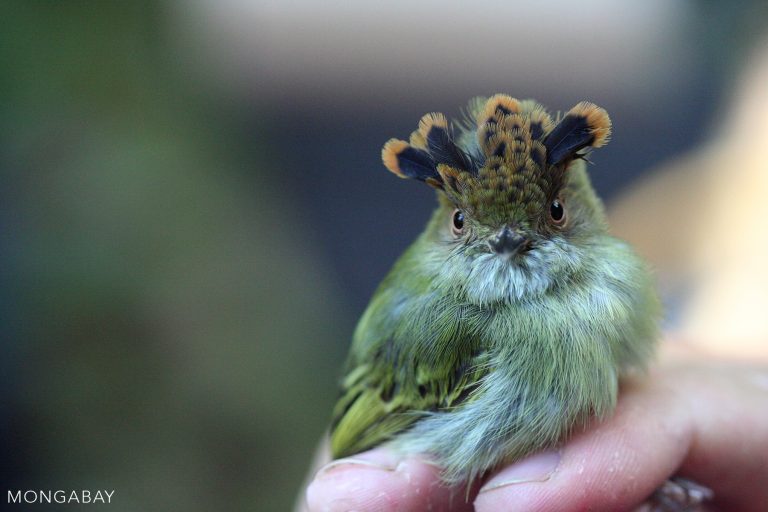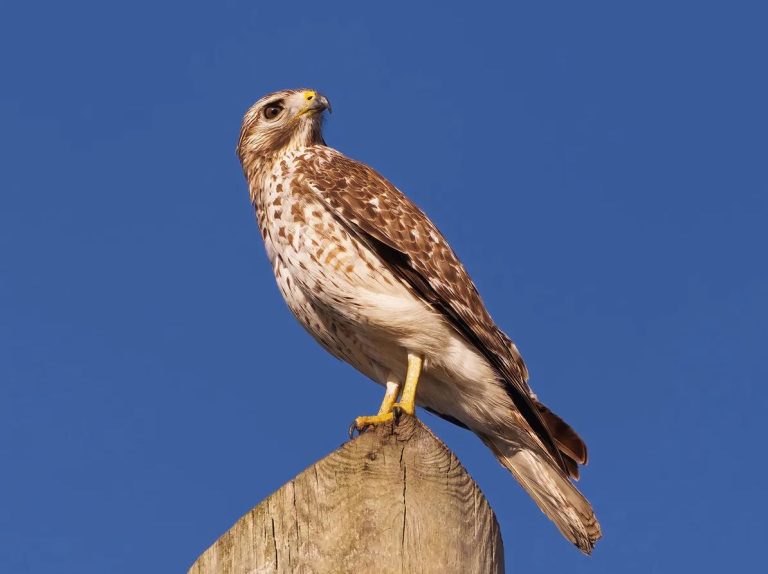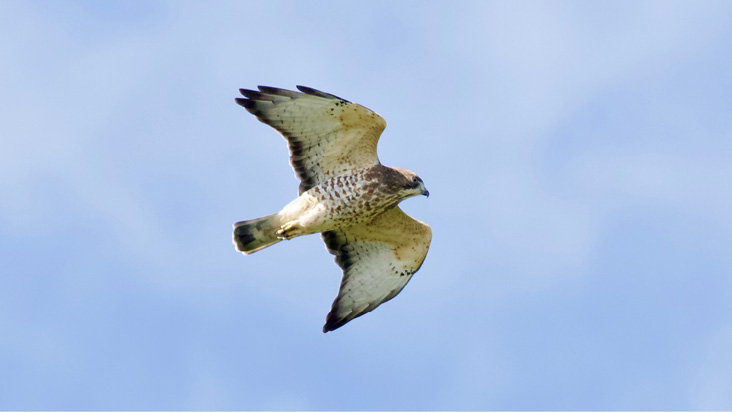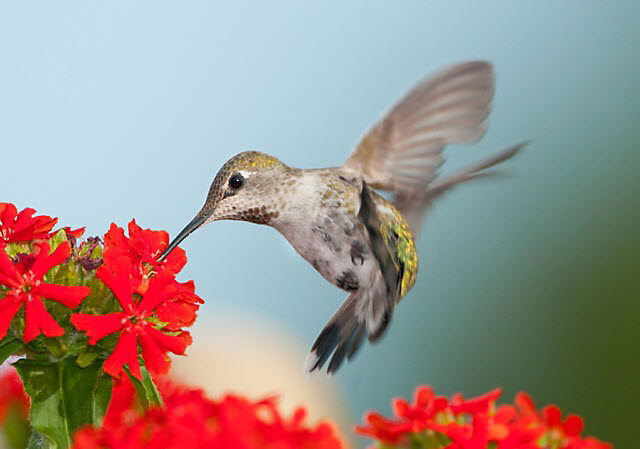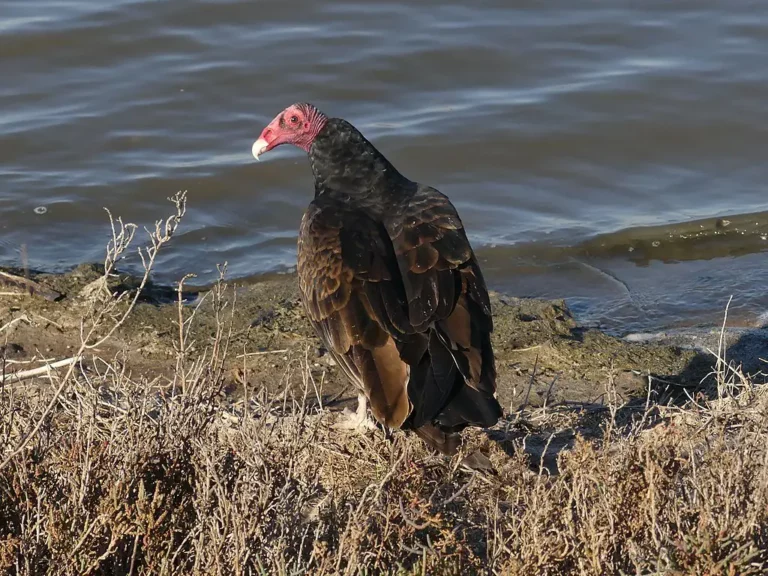Bluebirds and Purple Martins: Friendly Foes or Feisty Foes?
Bluebirds and purple martins can coexist as long as they have separate nesting areas. Bluebirds and purple martins are two of the most adorable birds found in the united states.
Bluebirds are small, blue-breasted birds with rusty red bellies, while the purple martins are the largest member of the swallow family in north america. Both of these species are renowned for their beauty, but there has always been a question of whether they can coexist or not.
The answer is that they can, as long as they have separate nesting areas. But the matter goes deeper than that. Homeowners, bird enthusiasts, and conservationists all over have been trying to find ways to provide the necessary requirements for these two species to thrive. In this article, we will dive into the details of these birds’ behavior, habitat and nesting habits, and how to help create the ideal nesting environment for them to coexist.
Credit: morningchores.com
The Bluebird: A Beloved Backyard Bird
Bluebirds are some of the most beloved backyard birds in north america. These tiny creatures are loved for their beautiful blue feathers and sweet melodies. But what else is there to know about these charming birds? In this section, we’ll discuss the behavior and habitat of bluebirds, and how we can encourage them to live in harmony with other birds in your backyard.
Introduction To Bluebirds
Bluebirds are small, insect-eating birds that are typically found in open woodlands, fields, and meadows. They are known for their striking blue feathers, which are the result of a unique structural coloration that refracts light. Bluebirds are cavity-nesting birds, which means they will use hollowed-out tree trunks or old woodpecker holes for their nests.
They are highly territorial and will defend their nesting sites against other bluebirds or competing bird species.
Behavior Of Bluebirds
- Bluebirds have a unique nesting behavior, which includes a courtship dance where the male bluebird will bring nesting materials to the female.
- They prefer to live in a mated pair, and both parents work together to feed and care for their young.
- Bluebirds are insectivores, and they consume a diet that consists mainly of insects and berries.
The Habitat Of Bluebirds
- Bluebirds prefer open areas with scattered trees and low vegetation for nesting and foraging.
- They are often associated with farmlands, fields, and meadows, but they can also live in suburban and urban areas with adequate habitat.
- Bluebirds need nest boxes or artificial cavity structures to nest in areas where natural cavities are limited.
To encourage bluebirds to coexist with other birds, it is important to provide them with adequate nesting sites and suitable habitat. By keeping an eye on your backyard and creating a friendly environment, you can help facilitate a peaceful coexistence between these beautiful birds and their neighbors.
The Purple Martin: A Charming Birdhouse Dweller
Bluebirds Vs Purple Martins: Can These Adorable Birds Coexist?
Bluebirds and purple martins are known for their brilliant colors, melodic songs, and appealing personalities. Both of these birds are widely appreciated in the american birdwatching community, but can they share habitat? We’ll explore the habits, habitats, and behaviors of the purple martin.
How effectively can a bluebird house host a purple martin? Let’s find out.
Introduction To Purple Martins
The purple martin, the largest swallow in north america, is an attractive bird that is found across the continent. These delightful birds are known for their purple-blue coloration, and their tendency to nest in communities in birdhouses and martin houses.
Behavior Of Purple Martins
- Purple martins are social birds and they tend to live in colonies. It is not unusual to find numerous birdhouses in a single area, all inhabited by purple martins.
- They prefer to hunt and feed on insects in the daytime.
- Purple martins are highly vocal and their songs are an essential part of their courtship and communication.
- While they are not aggressive, they can become territorial during nesting season and may attack other birds when defending their nesting sites.
- If their nesting sites are close enough, they may even engage in communal feeding, protecting and watching over the young together.
The Habitat Of Purple Martins
- Purple martins are cavity dwellers; they prefer to nest in birdhouses and martin houses.
- They prefer open areas with plenty of flying insects, closer to water.
- They require a clear, straight path to and from their nests. This means that the land around their birdhouse should be clean, unobstructed, and free of branches, wires, and other materials that may become obstacles.
- Purple martins can live up to 30 years in the wild, making them a long-term commitment for any homeowner interested in providing for them.
Purple martins are charming birds that enhance the birding community with their beauty and vocalizations. They tend to thrive within their particular habitat, which is usually defined by open spaces near water, making them an easy addition to a bird-friendly backyard.
By understanding their behavior and habitat, you can better appreciate these wonderful birds and possibly attract them to your yard.
The Feud Between Bluebirds And Purple Martins
Bluebirds Vs Purple Martins- Can These Adorable Birds Coexist?
If you are an avid bird watcher, you know how adorable bluebirds and purple martins are. But did you know that they have a long-standing feud that goes back decades? This article will explore the feud between bluebirds and purple martins, the reasons for it, and the different interpretations surrounding it.
Description Of The Feud Between Bluebirds And Purple Martins
The feud between bluebirds and purple martins is a long-standing rivalry, and it stems from their need for nesting sites. Both species compete for the same nesting spots, and this competition often leads to violent battles. Bluebirds and purple martins are territorial birds, and they do not take kindly to trespassers.
Their feud is intense, and it can result in the death of one or both birds.
The Reasons For The Feud Between Bluebirds And Purple Martins
There are several reasons why bluebirds and purple martins are at odds with each other. Here are some of the key factors behind their long-standing rivalry:
- Resource competition: Bluebirds and purple martins occupy similar niches and require the same resources like nesting sites, food, water, and shelter.
- Differences in nesting habits: Bluebirds are cavity nesters, meaning they prefer to build their nests inside tree holes or birdhouses. Conversely, purple martins build their nests in large communal birdhouses shared by multiple families. This difference leads to competition for limited nesting sites.
- Differences in size and numbers: Purple martins are larger and in some instances more aggressive than bluebirds. This difference gives them an advantage over bluebirds when it comes to competing for nesting sites.
The Different Interpretations Of The Feud Between Bluebirds And Purple Martins
There are several different interpretations surrounding the feud between bluebirds and purple martins. Here are some of the most common:
- Natural selection: Some believe that the bluebirds and purple martins are in the midst of a process of natural selection and adaptation. This process will eventually resolve the feud as both species evolve to survive and thrive in their environment.
- Environmental factors: Others suggest that environmental factors like habitat fragmentation and modifications to the landscape, such as construction activities and clearing of natural habitats, are responsible for the feud.
- Human intervention: Finally, some experts suggest that human intervention in providing artificial nesting sites for both species can exacerbate the conflict instead of resolving it.
While bluebirds and purple martins are adorable and fascinating birds, their feud is a long-standing rivalry that shows no signs of abating. They compete for limited nesting sites, food, water, and shelter, leading to intense conflicts. Understanding the reasons behind their feud can help us appreciate the complexities of their rivalry and find ways to help both species thrive in their environment.
The Importance Of The Bluebird-Purple Martin Feud
Bluebirds Vs Purple Martins- Can These Adorable Birds Coexist?
Birds have always been a captivating sight to behold. Their chirping and breathtaking flight patterns are a joy to watch. Two of the most adorable birds that populate many backyards in the united states are the bluebird and the purple martin.
While these birds present no danger to humans, they both have a territorial nature towards each other, resulting in a feud of sorts. This article will try to understand the bluebird-purple martin feud and whether these two bird species can coexist.
The Role Of Bluebirds In Ecosystem
The bluebird is a cavity-nesting bird and plays an integral role in many ecosystems. Some key roles they play include:
- They help to control insect populations, especially those that feed on plants, fruits, and vegetables.
- During nesting seasons when both mates work to build a nest and feed their young, bluebirds help to scatter seeds, thus spreading vegetation.
- They help maintain a forest canopy by maintaining open spaces that allow sunlight to pass.
The Role Of Purple Martins In Ecosystem
Purple martins are also essential to the ecosystem and have several roles to play, such as:
- They feed on a wide variety of insects, including those that swarm around the human habitat. They, therefore, help to control the insect population.
- They are a social bird, and their presence attracts other birds to roost in the same area, leading to a flock, which has a better chance of survival against predators.
- They help to pollinate crop plants by carrying pollen grain from one flower to another.
Impact Of Feud On Other Bird Species
The bluebird-purple martin feud has a significant impact on other birds in the habitat. Due to their territorial nature, both bird species aggressively chase each other away from areas they perceive as their territory. The impact of this behavior on other birds is as follows:
- Sparrows are unable to build nests because they cannot defend their territories against bluebirds or purple martins.
- Many species of swallows face severe competition from bluebirds and purple martins during the nesting season, leading to a decrease in their population.
- Some woodpeckers are unable to find suitable nesting spots because of the aggression displayed by bluebirds and purple martins.
While both bluebirds and purple martins have important roles to play in the ecosystem, their territorial behavior has far-reaching implications on other bird species. With this knowledge, it is essential to understand the bluebird-purple martin feud and find a way to mitigate it so that all bird species can coexist harmoniously.
Coexisting With Bluebirds And Purple Martins
Bluebirds Vs Purple Martins- Can These Adorable Birds Coexist?
Bluebirds and purple martins are both beautiful birds that can add a lot of vibrancy and beauty to your backyard environment. However, while they are adorable on their own, they may not get along when placed in the same habitat.
As a homeowner, you need to ensure that both these species can coexist and thrive in their shared environment. In this section, we shall provide necessary tips for coexisting with bluebirds and purple martins, how to provide shelter for both species and how to create a safe and harmonious backyard environment.
Tips For Coexisting With Bluebirds And Purple Martins
Here are some tips that help you to ensure that bluebirds and purple martins coexist peacefully:
- Site selection: It is essential to select an appropriate site for both bluebirds and purple martins, and you need to ensure that there is enough space between the birdhouses to avoid any territorial overlap.
- Nesting material: Bluebirds usually prefer nesting in nest boxes filled with pine needles and grasses; whereas purple martins prefer an open nesting environment. So, it is better to use birdhouses appropriate for the species.
- Water: Like all living creatures, these birds require water, so having a birdbath near the birdhouses is an excellent idea.
- Feeding and protecting: You also need to protect these birds from predators such as squirrels, raccoons, and snakes. You should feed them with appropriate bird foods available in the market.
Providing Shelter For Bluebirds And Purple Martins
It is vital to provide adequate and appropriate shelter for both bluebirds and purple martins to cohabitate successfully.
- Birdhouses: You can install birdhouses suitable for their respective species, ensuring that the houses are far enough from each other to prevent any conflicts. Make sure that the houses are weather resistant and not easily accessible by predators.
- Aeration: Proper ventilation and fresh air are important, especially for purple martins. You can install ventilation systems or add vent holes in the birdhouses.
- Cleaning: Cleaning birdhouses is crucial to keep them clean as unhygienic conditions can harm the birds. So, it is necessary to clean the birdhouses once every year and remove any debris or dead material around them.
How To Create A Safe And Harmonious Backyard Environment
Apart from the tips mentioned above, there are a few additional measures you can take to create a safe and harmonious environment for bluebirds and purple martins to coexist.
- Planting: Plant shrubs, bushes, or trees around the birdhouses to provide shelter and to serve as a natural barrier to prevent over-flight or intrusion.
- Avoid chemicals: Avoid using chemicals in your garden as these could be harmful to the birds, and be careful with fertilizers and pesticides.
- Space: Ensure to install birdhouses far apart and in an open area to avoid overcrowding. When birds are too close to each other, it could lead to territorial issues.
- Peaceful environment: Keep the environment quiet and peaceful around the birdhouses to avoid disturbing the birds.
Coexisting with bluebirds and purple martins can seem like a challenging task, but it is manageable with proper care and consideration. By following the tips mentioned above, you can help these beautiful birds coexist and thrive peacefully in your backyard.
Frequently Asked Questions On “Bluebirds Vs Purple Martins- Can These Adorable Birds Coexist?”
What Is The Difference Between Bluebirds And Purple Martins?
Both bluebirds and purple martins are small, attractive birds with unique features. However, the key difference between the two is that bluebirds are cavity nesters, while purple martins nest only in gourd and martin houses.
Can Bluebirds And Purple Martins Live In The Same Habitat?
Yes, they can. Both bluebirds and purple martins rely on similar habitats, such as open fields and meadows, and feed on insects, making it possible for them to coexist in the same area.
Do Bluebirds And Purple Martins Compete For Similar Food?
No, they do not. Although they may occasionally eat similar foods, bluebirds and purple martins have different hunting habits and rarely compete for food. Bluebirds typically hunt insects from perches, while purple martins capture food on the wing.
Conclusion
Ultimately, the coexistence of bluebirds and purple martins can be a complicated matter that requires careful planning and execution. While these adorable birds can live in harmony, there are some challenges that need to be addressed to ensure the survival of both species.
The competition for nesting sites and food can lead to hostility and aggression between them. However, by providing separate housing options, controlling invasive species, and maintaining a healthy habitat, we can create an environment that fosters both bluebirds and purple martins.
By understanding their unique needs and behaviors and making informed decisions, we can support the growth of these wonderful birds. As responsible bird enthusiasts and caretakers, it’s our responsibility to create a world where multiple species can coexist peacefully, so that future generations can appreciate and enjoy the beauty of nature’s creatures.
Published on July 29, 2023 | Last Updated on June 26, 2025 by Rifat Ahmed

